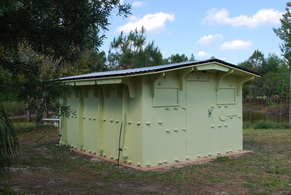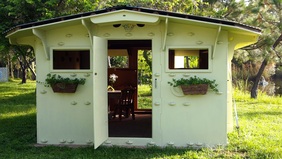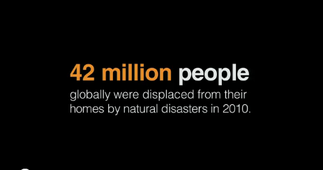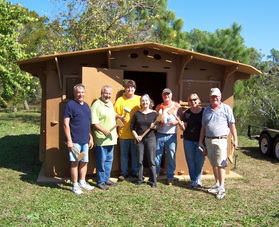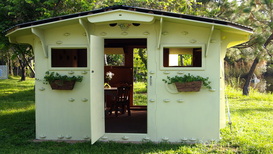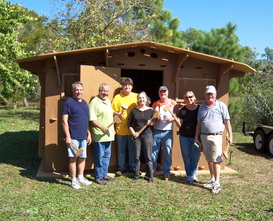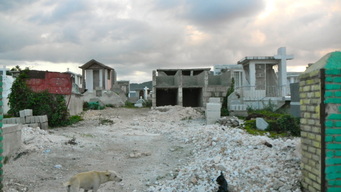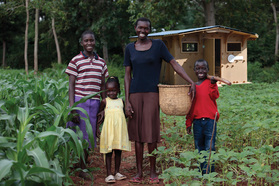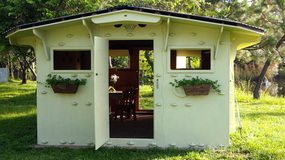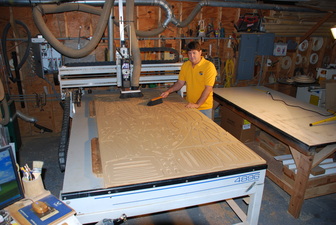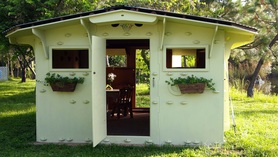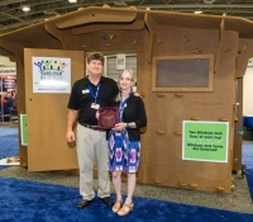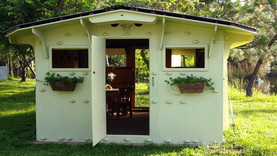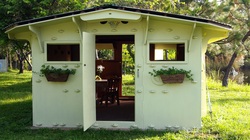
Part 3 of a 5 part series
Solar powered cement production has been proven possible and, as a bonus, can be done not just efficiently, but without producing waste carbon dioxide, CO2, the greenhouse gas normally produced in this industrial process. The details are complicated but to quickly sum up this exciting new research, it’s possible to cheaply produce cement using solar power, in an environmentally cleaner way, producing less or no greenhouse gas by-products (CO2) and, as a bonus, the chemical reaction gives off carbon monoxide (CO) which is used as a raw material with a wide range of industrial applications. This by-product is in theory worth more than it costs to produce the cement, making the cement production (practically) free with the assumption that the CO gas can be collected and sold.
From Nanowerk.com:
‘The research team, led by Stuart Licht, a professor of chemistry at George Washington University, has now presented a solar-powered process to produce cement without any carbon dioxide. In a paper (accepted manuscript) in the April 5, 2012 online edition of Chemical Communications ("STEP Cement: Solar Thermal Electrochemical Production of CaO without CO2 emission"), they show that STEP-produced cement operates at solar energy conversion efficiencies higher than that in any solar photovoltaic. ‘
Read more.

One final thought. Aid organizations and finance operations like the World Development Bank have money available for Developing World infrastructure projects that make sense financially. This project, that creates the building blocks of every subsequent infrastructure project in Haiti, should have little trouble gathering the support of those who make the planning of long-term strategy their business.
OK Frank, this is a bit long term. What about the short term problem of jobs in Haiti?
I’ve got at least one idea, in next week's Part 4. I call it: Haiti… One Brick At A Time.
READ Part 1.
READ Part 2.

Winner of 2013 Aid and International Development Forum (AIDF) "Most Innovative Product Award." Shelter In A Day is the brainchild of eco-friendly, furniture designer Frank Schooley. Shelter's disaster recovery housing provides safe and secure, simple to construct, green homes for those displaced by natural disasters, such as hurricanes, earthquakes or floods.
The disaster shelters are a solidly constructed, termite, rust and rot resistant house, with lockable doors and windows. Homes are crafted from waterproof, recycled wood fiber material and can be easily erected anywhere, in one day.
| | |
